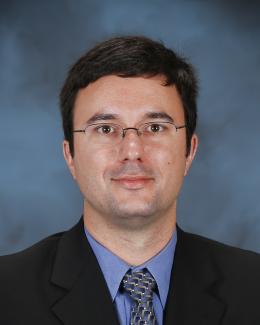ORNL researchers simulated radiation transport in small modular reactors, or SMRs, by running Monte Carlo codes on Summit, the world’s most powerful supercomputer. The simulations factor into part of an Exascale Computing Project called ExaSMR. Credit: Steven Hamilton/Oak Ridge National Laboratory, U.S. Dept. of Energy
In a step toward advancing small modular nuclear reactor designs, scientists at Oak Ridge National Laboratory have run reactor simulations on ORNL supercomputer Summit with greater-than-expected computational efficiency. The team’s experiments tracked 100 billion particle histories—which are collections of unique, individual neutron interactions that occur within a reactor core—on Summit’s sophisticated GPU-based architecture, taking advantage of the supercomputer’s full capacity. ORNL scientist Steven Hamilton said the Monte Carlo radiation transport codes used in the simulation ran 30 to 40 times faster and with four to five times greater efficiency on Summit versus the same experiments performed on Titan. Results of the simulations, detailed in Annals of Nuclear Energy, factor into part of an Exascale Computing Project called ExaSMR. “Our hope is to more accurately predict how the reactors will behave before they are built,” Hamilton said. “This research instills more confidence that the reactor is going to behave exactly as predicted.”




